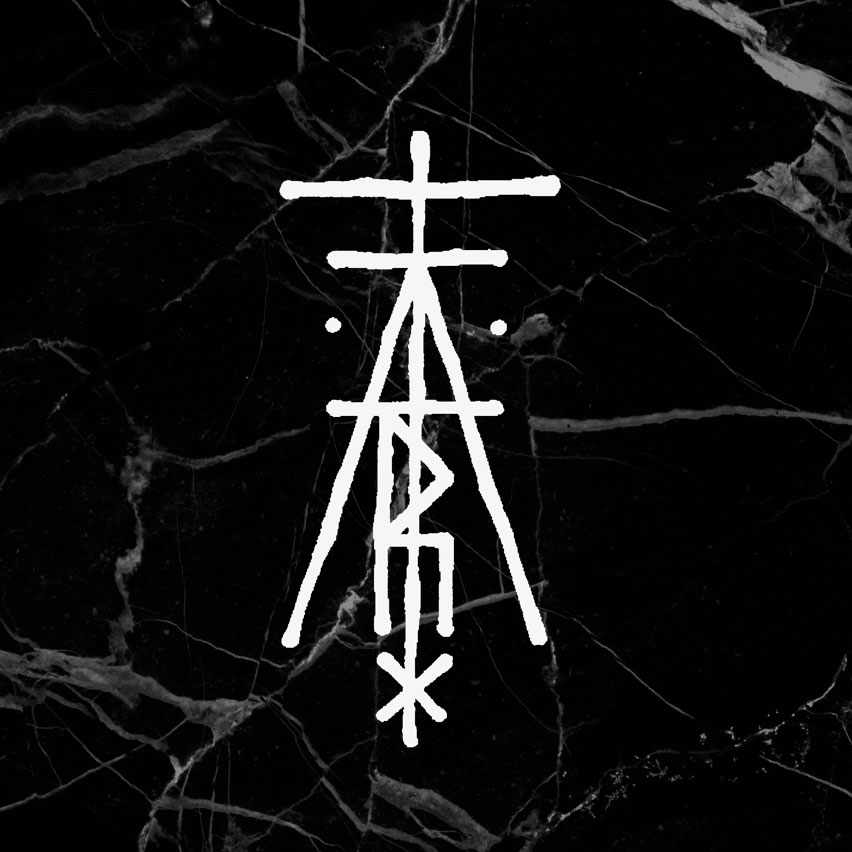PRECIOUS METALS
AN UNDERGROUND CONVERSATION ON MODERN TATTOOING
Brushed bronze Gyan Mudra by Oozy Tattoo.
METALLIC TEXTURES
When gold, silver and bronze are simulated in tattoos, they function as both:
1) a form of wearable jewelry, and
2) the ritualistic adornment of a sacred space.
Let’s discuss that second one.
I’m reminded of sculptural painter Lina Iris Viktor, and how she defends her use of real 24K gold in her work. “Gold has this other-worldly quality that people have always been drawn to. Everywhere in the world has always used gold in very sacred spaces - in churches, in mosques, in temples. ... How do you reinstate that sort of power? Because I think the use of gold as a monetary bartering tool is the most basic way to use it, to speak about it, or to experience it.” She describes how precious metals can deepen the conversation about an art piece, and stir our natural responses of reverence or solemnity in their presence.
This is why I find precious metal simulations on the human body to be rather profound.
Jiro Painter's king of the jungle drips with gold.
SHINING, PRECIOUS AND LUXURIOUS
To cover an area in decadent, rare items is to honor it as something worthy of such gifts. This is a big reason why Russian tattooer Anya Tsyna uses gold textures in her work.
“My love for everything shiny, precious and luxurious comes from a long history of being insecure in my own body," she explains. "When I got into tattooing, I started seeing people’s bodies, most of the time partially naked and vulnerable. That’s when I realized how incredibly insecure most of those beautiful people were. Almost everyone would tell me a story about their ‘ugly’ legs/nose/butt/shoulders; they all would find ugliness where I couldn’t see it.
“[Today], I absolutely love watching people showing off and embracing features and qualities that might’ve been perceived as negative before. So, my art is all about that... I want people to feel like magical creatures, unique mysteries, gemstones, porcelain, and everything beautiful, shiny and precious.”
14k gold adornment with rubies, pearls, diamonds and aquamarine by Mumi.
Single needle ruby and emerald ring by Tsyna.
Silver carillon of Anastasia by Natasha Panattoni.
NOSTALGIA, HERITAGE AND POWER
Precious metal tattoos can hearken back to family heirlooms, to symbols of nostalgia and to our ancestors.
Adorning the self with such mementos can keep our loved ones, and our identities, close to our hearts.
Some also use these symbols to honor the heritage they should have had, as a defiant response to colonialism. This is one of the more powerful ways I’ve seen the aesthetic employed.
"Igbo currency that would have been used, had they gotten their own nation," by Ricky Havok.
"Crown for Ksen. Her surname is Koroleva, which means Queen," by Tsyna.
West African Goddess with 18k gold jewelry by EunB.
I will always be the nerd at the party who wants to talk hues and textures with artists. Gratefully, many are happy to nerd out with me, and explain some of their techniques (without disclosing any trade secrets or formal instructions, of course)...
Antique gun with 18k gold embellishments by Ziho.
Feminist foil balloon by Josh Peacock.
Dripping Jeff Koons metallic balloon animal by Jaer.
TECHNIQUE
“Representing reflective objects is to work within the hue of the given surface, as a filter,” Josh Peacock tells me. “It’s to understand the interplay between itself and the given light sources.”
“An average ruby I do has around 20 shades of red/pink in it,” Tsyna elaborates. She is quick to point out that every tattoo becomes less vibrant with time. "White ink becomes a bit beige, black ink becomes greyish. But if the contrast is right, then even in 5-10 years, it will still look great.”
Golden cross by Aki Wong.
This is an unpaid labor of love, as it's always been. I welcome your feedback, corrections and contributions.
Buy me a coffee if you're a cutie!
PayPal: tattrx@gmail.com
With love,
Morgan
-
All image copyrights are retained by the artists. All text copyrights reserved by Tattrx LLC.












